- Learning time
- 20 minutes
- First play time
- 80 minutes
Quadropolis
Designed by: François Gandon
In Quadropolis you are builders each busy constructing your own town, which is divided into four districts.
The game plays over four rounds. In each round a central board is filled up with tiles that represent various buildings, and each player will have four turns taking a single tile, and adding to their own individual board. The catch here is that in order to take a tile, you use up an architect, and each architect is numbered from 1-4. The number dictates two things: where from a row or column on the shared board you can take a tile from, and where it can be built. If you’re placing your number three architect, for example, you can only take a tile that is third along a row or column in the shared board, and build it in the third row or column on your home board.
An additional catch is the urbanist piece: this occupies the space of any just-taken tile, and for the subsequent turn architects cannot take tiles from the row and column the urbanist is on.
When you take a tile many of them trigger rewards in the form of energy or residents, and at the end of the game these can be used to activate your buildings. Activated buildings score points in various different ways, depending on the building: parks can offset the pollution generated by factories, houses can be a home for residents and so on. Remember too that your home town is divided into four districts, and having a public services building in each of them scores points. Finally there are monuments that can score you points based on what they’re adjacent to. Most points: wins!
The guru's verdict
-
Take That!
Take That!
No combat here, but actually some opportunity to mess with each other, particularly with more players.
-
Fidget Factor!
Fidget Factor!
Low - four rounds, with four turns each round, taking a tile on each turn. Even allowing for some tactical thought, Quadropolis should move reasonably briskly.
-
Brain Burn!
Brain Burn!
The brain-burning here is how all your buildings combine - you don't want to play with a scattergun approach as that's unlikely to win the game.
-
Again Again!
Again Again!
The tiles are laid out randomly in each round, and there are different strategies to be explored.

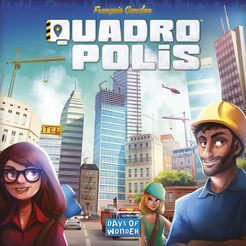



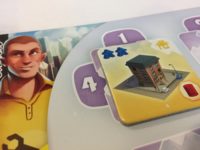

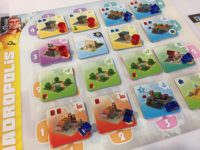
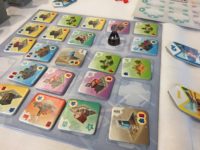
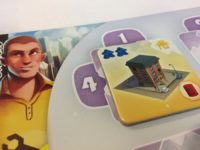


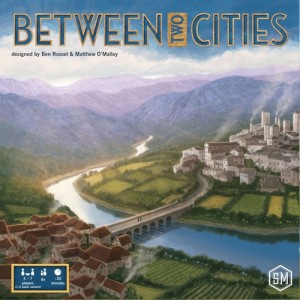
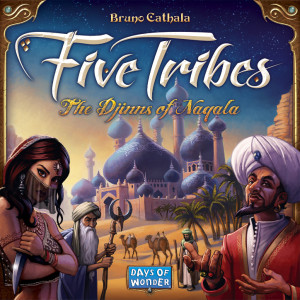
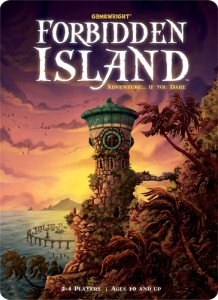

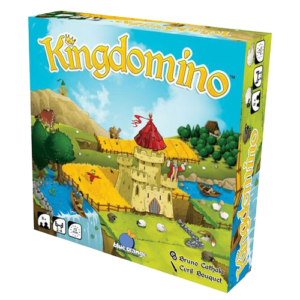
Sam says
A game that's light on rules but with enough depth for all ages to enjoy. I liked the puzzle-aspect at the heart of it and it's more interactive than you might think. The pastel presentation and slightly abstract nature of Quadropolis meant it wasn't a massive hit with us, but I'd certainly be happy to play it again.